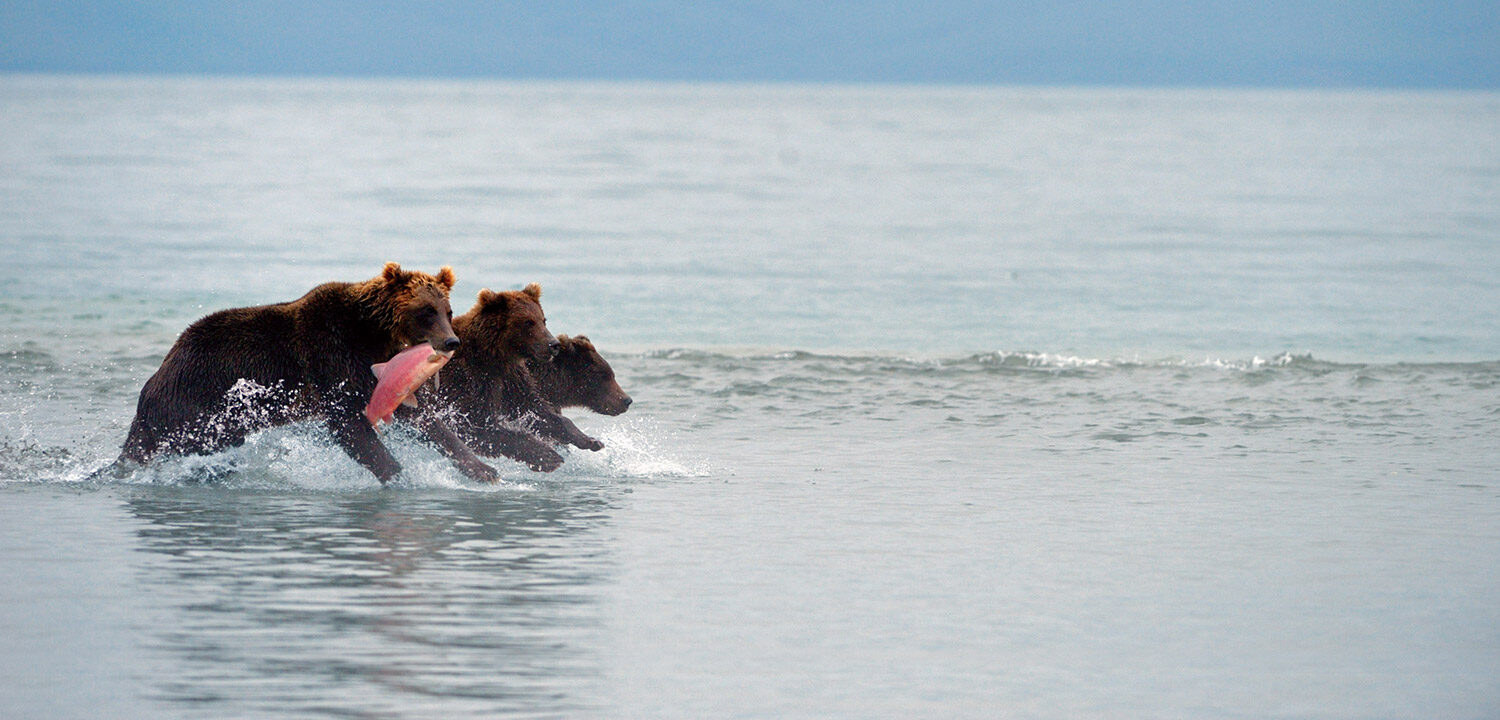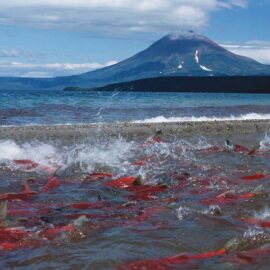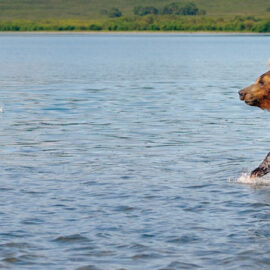Conservation agenda gaining high-level support in Russia, including protections for fish.
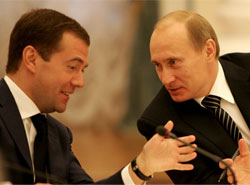
In August 2010, Prime Minister Vladimir Putin visited the South Kamchatka Federal Sanctuary. The sanctuary is home to the largest protected population of brown bears, which are attracted by an abundant supply of wild salmon. While there, he pledged support for the preserve to continue its fight against poaching. He also expressed concern over poaching in the Russian Far East and in November hosted a Global Tiger Summit to address the potential extinction of wild tigers across Asia due to poaching and loss of habitat.
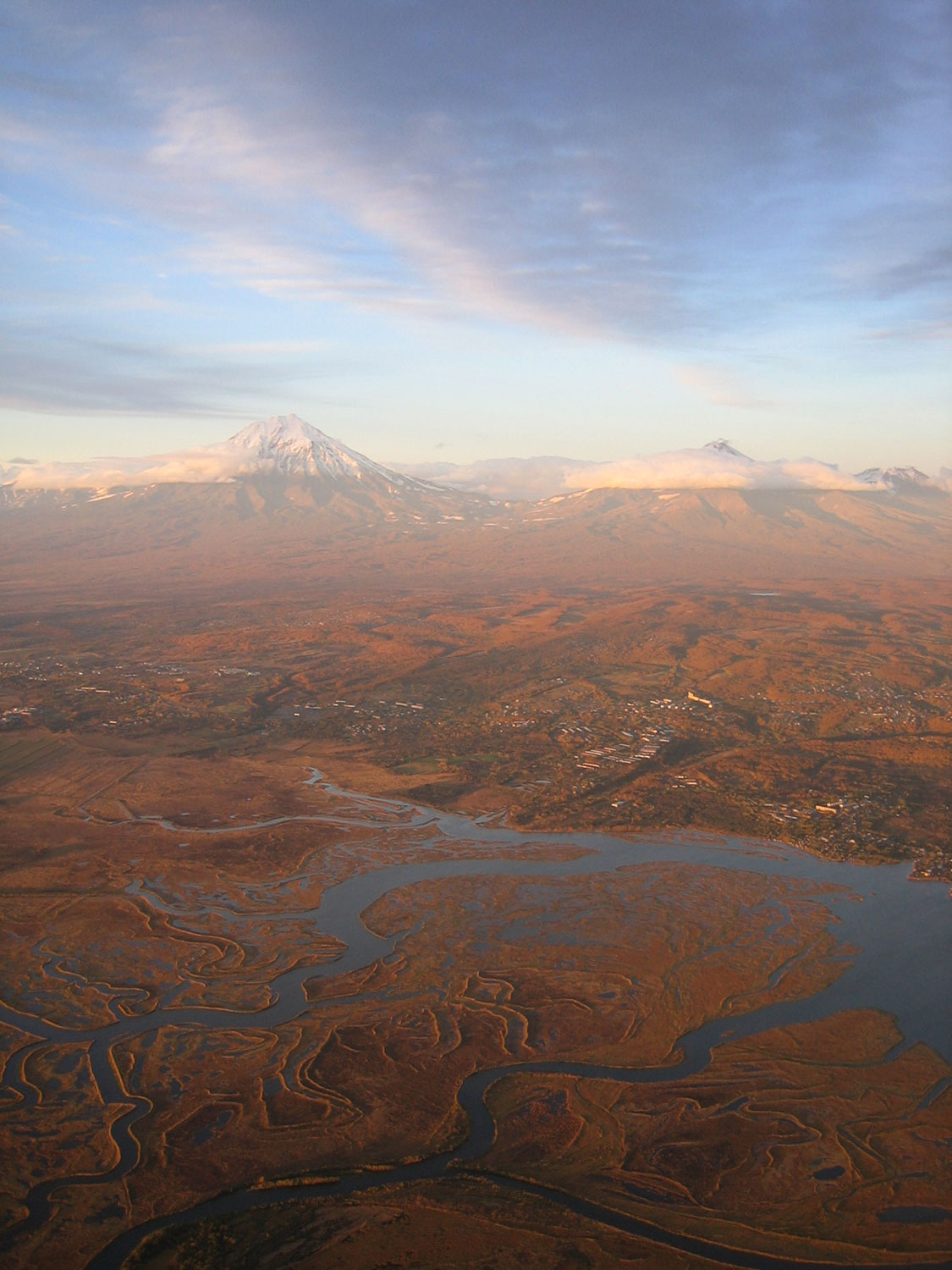
When asked in an interview by Larry King what his interest in tigers was, he replied “It’s not just tigers. I love nature. Thank God there are a lot of people in the world who feel like I do. I am just one of many.”
Putin’s words are reflective of an increasing number of Russian leaders who regard preserving Russia’s natural resources as a national priority. In the Russian State of the Nation Address in November, President Dmitry Medvedev spoke of the need to conserve the country’s natural legacy for future generations and identified civil society, public-private partnerships, and education as playing a crucial role.
Both Putin and Medvedev have noted that impact to the environment must be considered with any development projects and that promoting alternative economic opportunities, such as tourism and renewable energy, should be considered. They have also stressed the importance of protected areas and how NGOs and civil societies need to be a part of the solution.”
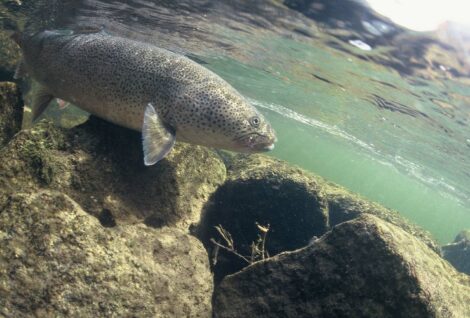
Moreover, both Putin and Medvedev have noted that impact to the environment must be considered with any development projects and that promoting alternative economic opportunities, such as tourism and renewable energy, should be considered. They have also stressed the importance of protected areas and how NGOs and civil societies need to be a part of the solution. As part of an effort to increase the participation of civil society in natural resource decision-making, the Russian Salmon Fund (RSF) was offered a seat on the Federal Fisheries Agency public council. The RSF was launched in 2008, with the assistance of WSC, as an all-Russian organization to work with government, businesses, and NGOs to promote salmon conservation.
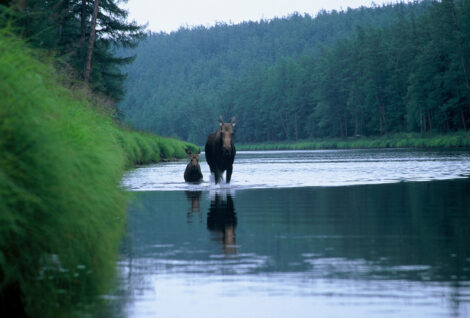
Recent steps toward progress in leveraging government financing for conservation of salmon include the approval of endangered Kamchatka steelhead and Sakhalin taimen as key species in Russia’s Federal Target Program for Ecological Safety. This appropriation should direct over $35 million in federal funding to scientific research, protected areas, and development of sustainable tourism practices from 2012-2020. At a meeting in October 2010 on the strategy for development of Russia’s federal protected areas system, Putin pledged to increase the state budget for federal preserves by 30 percent starting in 2011.
Russia has also issued a decree mandating the creation of Federal Fishery Protected Zones on rivers with commercially-valuable fisheries and has approved the criteria and methodology for their creation. WSC and the Russian Academy of Sciences provided expertise during the process of identifying priority salmon rivers.
Earlier this year, a number of the priority rivers where WSC is working were nominated, including the Opala River on Kamchatka, the Nimilen in Khabarovsk Region, and the Langry on Sakhalin.
